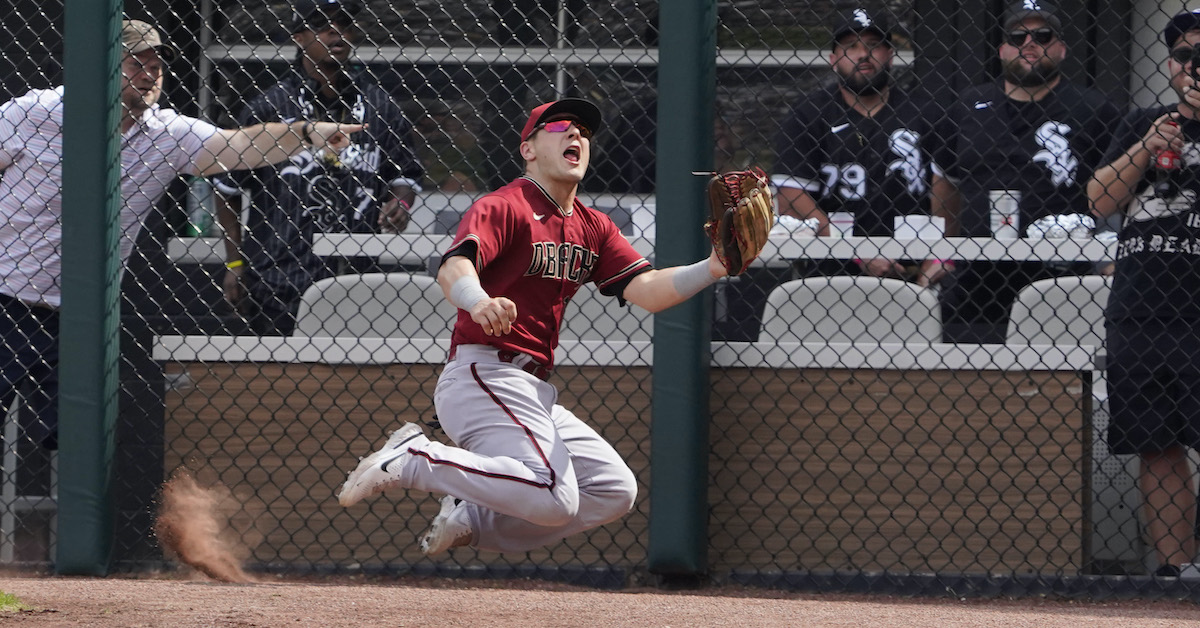Director, Strategy – Sport Performance Lab
Company Description:
At Maple Leaf Sports & Entertainment Partnership (MLSE), we are committed to creating an inclusive workplace that is representative of our community and where all employees feel they belong and can reach their full potential. We are Canada’s preeminent leader in delivering top quality sport and entertainment experiences and one of North America’s leading providers of exceptional fan experiences. We are the parent company of the National Hockey League’s Toronto Maple Leafs, the National Basketball Association’s Toronto Raptors, Major League Soccer’s Toronto FC, the Canadian Football League’s Toronto Argonauts and development teams with the Toronto Marlies (American Hockey League), Raptors 905 (NBA G League), Toronto FC II (MLS NEXT Pro League) and Raptors Uprising Gaming Club, the Toronto Raptors Esports franchise in the NBA 2K League.
MLSE owns and/or operates all the venues our teams play and train in, including Scotiabank Arena, BMO Field, Coca-Cola Coliseum, Ford Performance Centre, BMO Training Ground, and OVO Athletic Centre. We also provide fans in Toronto with incredible live music and entertainment events, as well as exceptional culinary experiences through our restaurants (e11even and RS) and clubs (Hot Stove Club, ScotiaClub and Platinum Club). Through MLSE Foundation, we have invested more than $45 million into Ontario communities since 2009 and with MLSE LaunchPad, we provide a place where youth facing barriers use sport to recognize and reach their potential.
We achieve all of this through our Common Purpose – to unite and empower our employees to create extraordinary moments for our fans and each other. Come be a part of the team.
Job Description:
MLSE Sport Performance Lab is seeking a Director of Strategy to develop and execute strategic initiatives to facilitate innovation and collaboration across MLSE team operations. This individual will identify tactical requirements by working closely with team operations and develop solutions by leading a cross-functional systems team.
Responsibilities:
- Contribute to the growth and evolution of Sport Performance Lab.
- Engage with key stakeholders across MLSE sporting departments to facilitate collaboration across team operations.
- Lead cross-functional team to deliver best-in-class technical solutions for team operations.
- Define standards for new technical infrastructure to better drive competitive advantage through analytics.
- Lead assigned SPL initiatives through both strategic and technical contributions with operational excellence.
- Define key performance indicators to set goals and track performance of SPL initiatives.
- Maintain relationships with key industry partners.
Qualifications:
Note: Before reviewing the qualifications listed below, we want you to know that we understand you may not meet all the qualifications described and have other relevant expertise and experience. We invite you to please share this with us in the “Message to the Hiring Manager” section of our online application.
- Five or more years of experience in sports technology or similar industries.
- Experience with modern programming languages and databases with familiarity of related frameworks and technologies.
- Experience designing and building cloud-based solutions using Amazon Web Services (AWS)
- Experience applying big data solutions to drive performance and facilitate innovation.
- Thrives in a fast-paced setting; can handle multiple priorities at the same time.
- A positive, winning approach, incorporating integrity, confidentiality, and discretion.
- Strong grasp of the on-field rules and off-field regulations of various sports.
- Can work flexible and varying schedules, including travel and unconventional hours relating to team operations.
Additional Information
Apply by: Nov 14, 2022
We thank all applicants for their interest, however, only those selected for an interview will be contacted.
At MLSE, we are committed to building an equitable, diverse and inclusive organization. We are an equal opportunity employer and we do not discriminate on the basis of race, religion, color, national origin, sex, gender, gender expression, sexual orientation, age, marital status, veteran status, or disability status. MLSE will provide reasonable accommodation for qualified individuals with disabilities in the job application process. If you have difficulty using our online application system and you need an accommodation due to a disability, please email accommodations@mlse.com. Please note this email is only for accommodation requests. Resumes sent to this email address will not be considered.
To Apply:
To apply, please follow this link.
The content in this posting was created and provided solely by MLSE.







